How to store a frame pool in winter?
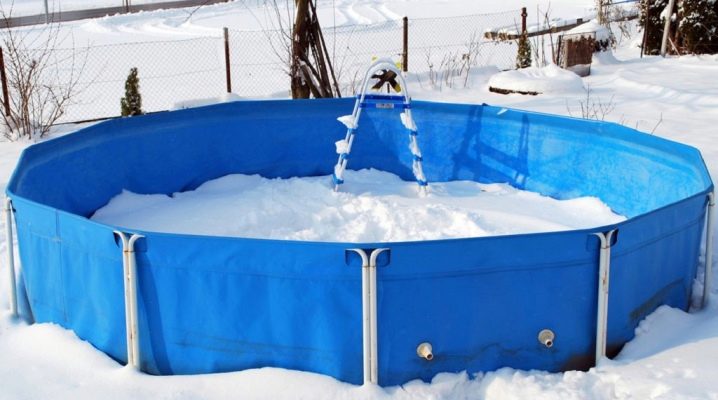
Many owners who have organized a swimming pool for the first time in their backyard want to know how to properly store a frame pool in winter. First of all, in preparation for the winter period, you need to wash it, drain the water. Following the detailed instructions, you can figure out other subtleties, understand whether it can be left on the street, properly prepare it for storage in the open air.
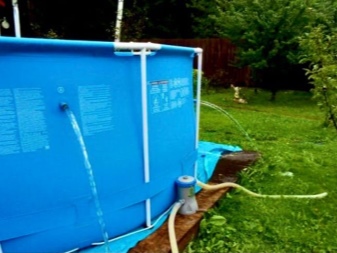
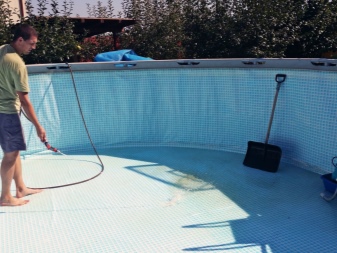
Why dismantle?
Frame pools are special designs that combine the comfort of stationary solutions and the convenience of inflatable ones. Some of the models on sale can be left outside in winter after cleaning. But there are also seasonal options suitable exclusively for summer use.
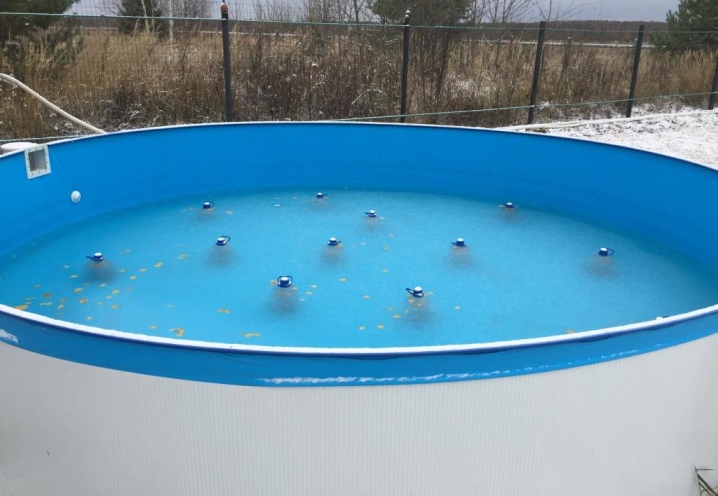
They are contraindicated not only for wintering with water in the country, but also just being in the open air with the onset of cold weather.
To determine whether the frame pool will require dismantling, it will help to study the information specified in the technical documentation. But the manufacturers themselves still recommend not to risk it. If it is possible to remove the pool installed in the courtyard, it is worth doing.

There are many reasons for taking precautions.
- Extreme frosts. They do not happen very often, but if the winter turns out to be especially cold, even the strongest structural elements may not withstand such loads.
- Abundant atmospheric precipitation. They are no less dangerous. Excessive snow load easily breaks even durable materials.
- Strong gusts of wind. If hurricanes and tornadoes occur in the region, they can demolish the structure of the pool along with the frame.
- Wild animals. In suburban and summer cottages, wild boars, moose and other large animals can be frequent guests.
- Vandalism by people. A frame pool left without attention can attract thieves or just hooligans who want to spoil other people's property.
- Ice formation. The thawed water that has got into the bowl during the thaw, with subsequent freezing, can lead to rupture of materials and disrupt their structure.
- Chemical damage. Together with sediments, the bowl structure can be damaged by foreign particles deposited on the polymer base. What is safe for concrete and ceramics can damage plastic in just a couple of seasons.
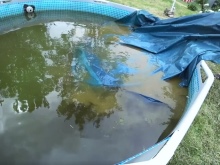
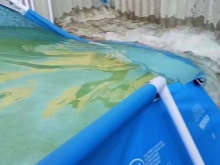
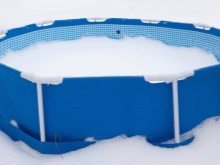
In the courtyard of a residential building, where the owners are constantly present, most of these problems can be avoided. In this case, it will be enough to simply preserve the frame pool. The structure is sent for winter storage in advance, before the onset of cold weather. Preservation consists of several stages, including draining the water, drying the bowl, and other necessary actions.

How to prepare properly?
Do-it-yourself preservation of a frame pool is the same when cleaning the bowl for storage, and when it is left in the area under the awning. Preliminary preparation takes at least 2 days. It can be held on weekends, but always in dry, clear weather, with a positive value of atmospheric temperatures, before the onset of frost.
A round, square or rectangular pool is prepared in the same way according to the following instructions.
-
Dismantling of hinged elements. The pool is freed from stairs, filters, pumps. All these elements are carefully removed, having previously de-energized electrical appliances.

- Washing. Before draining the water, it is imperative to thoroughly process the inside of the bowl, removing plaque and other impurities. Cleaning the pool will be much easier if you use special chemicals that can disinfect and clean the surfaces. The preparation must be safe for the material of the awning and the structure of the bowl. You can work with a stiff brush with natural or synthetic bristles, without metal parts.
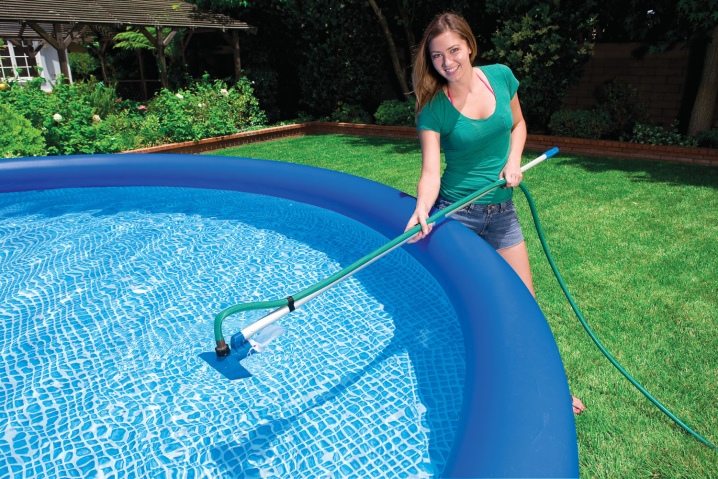
- Removal of lime deposits. They are more difficult to remove than oozy. You can combine the elimination of such deposits with the gradual drainage of water from the bowl. Limescale requires mechanical cleaning or chemical treatment.

- Draining all the water out of the bowl. It is carried out through special holes to which the hoses are connected. With a high location of such elements, the use of a drain pump or a hand pump will be required. Water drainage is carried out into special ditches or sewer system on the site.

Rinse the cleaned bowl thoroughly with clean water, then empty it out by hand or remove it with a hose, sponge, or other absorbent materials.
- Drying. For her, the cleaned and drained pool is left for some time to ventilate in the open air. Small-sized models allow you to disassemble the structure, and then hang their flexible elements on ropes or supports. After some time, the parts of the pool are disassembled, hard-to-reach places are cleaned of moisture using a soft rag or other fabrics. If this treatment is neglected, mold can form in the folds.
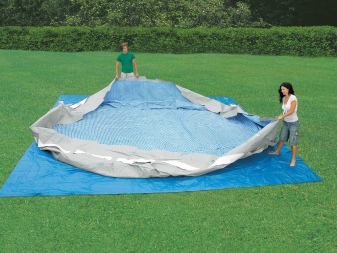

After the bowl is fully prepared for dismantling, you can start working. Some structural elements will already be removed by this time. This will avoid possible damage to the walls, facilitate the dismantling process in the future.
The frame pool is prepared for storage based on the individual characteristics of its design.
- Rectangular. Its bowl is folded by analogy with a sheet. It is important to carefully smooth the canvas, removing it from the frame, fold it, straightening possible creases.
- Round. In such models, the walls are placed inside. After that, the bowl is folded twice, in half, to form a triangle. The steps are repeated until the dimensions of the part are sufficient for packaging. After that, the bowl is hermetically wrapped in foil.
- Inflatable. It is important here to bleed the air out of the walls as much as possible before folding. If this is not done, the risk of rupture of walls and seams will increase.
- With a cable. For such models, the support element passes through special lugs. It is imperative to remove the cable before folding the bowl itself.

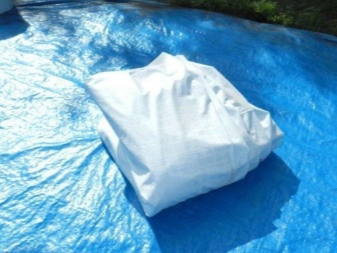
The design features of the frame pool must be taken into account. If you avoid this, you can damage the bowl. Next, the frame is dismantled - with some models you can do without it.
It is important to disassemble the parts into segments, pack them carefully for storage. At the end of the process, the hoses and the circulation pump are flushed.
Conservation
If it is decided to mothball the pool, you will have to decide: the bowl will remain in place in whole or in part. Some models do not need to be disassembled. They are simply covered with a cover to protect them from precipitation. Others are usually partially dismantled. In this case, the all-season model can be folded, assembled and packaged - the structure can be rolled up quite quickly, and then it is left at the installation site.
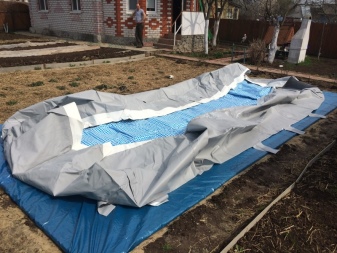
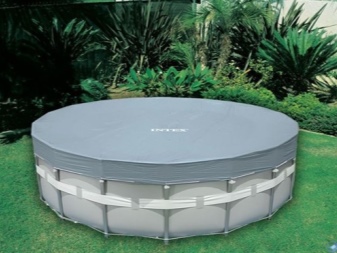
Frost-resistant frame pools can be left outdoors, but only with careful preliminary preparation. In winter, you will periodically have to check the safety of the bowl. The conservation process is more complicated than assembly and disassembly. It requires the right choice of weather conditions - it is important to prepare the frame pool in advance, before the frost period begins.
The main rule of effective conservation is the correct balance of liquid in the bowl. Leaving it empty is strictly prohibited. Before the procedure, the pool is thoroughly washed, cleaned of plaque. First, the cleaning of the auto-chlorinator and the rinsing of the system are started, then you will have to arm yourself with brushes and rags for manual work.
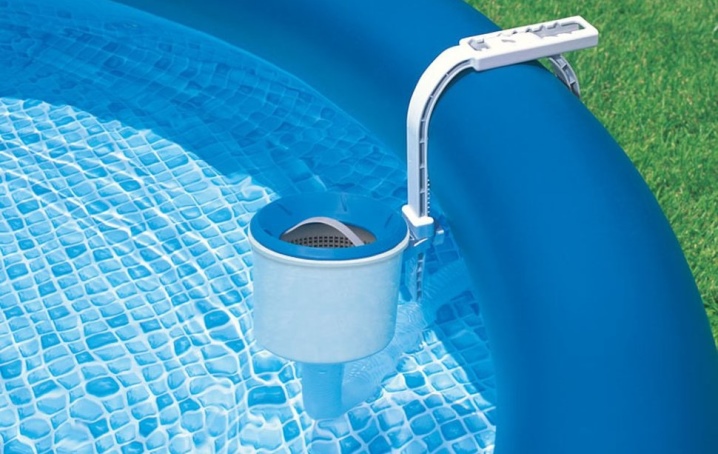
It is important to use protective equipment in the process: rubber boots and gloves, respirators, if reagents with increased volatility are used.
When preserving, it is important to take care of the preservation of the bowl, as well as other structural elements. For this, the procedure includes several stages.
-
Top up with new water to the standard level. It must be clean.
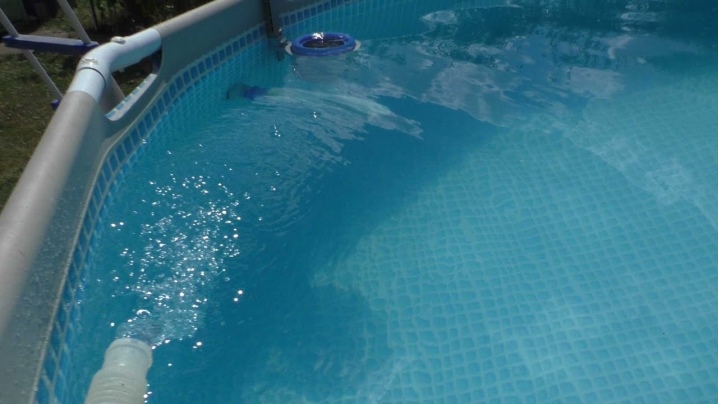
- Dismantling of lighting elements. They are removed and stored until spring.

- Preservation of the filtration system. It must first be switched on for backwash, then switched to compaction mode. After that, you can turn on filtering. At this stage, an algaecide is poured into the water to combat algae. The filter is left running for 3 consecutive hours.
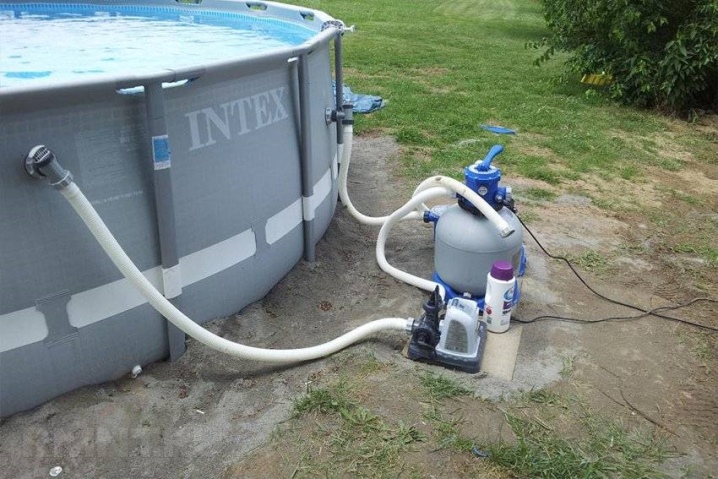
- Draining excess liquid. It is necessary to lower the water level in the pool to a mark that is 100 mm below the side nozzles. If too little water is left, the bottom of the bowl may rise due to the wind.
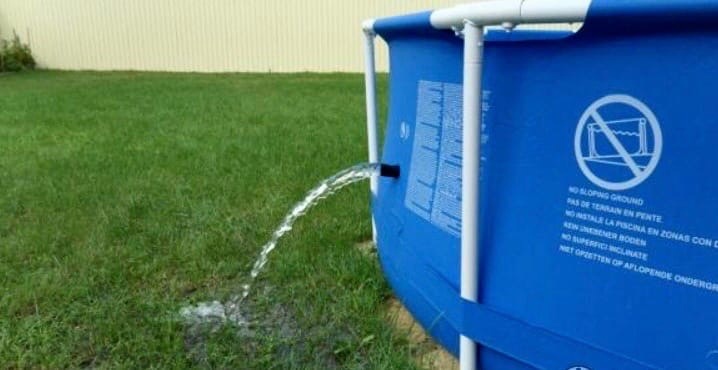
In the spring it will have to be straightened, the substrate may also deform.
- Loading items that compensate for volumetric expansion. They will help the frame pool keep the shape of the walls. Almost anything that shrinks under the influence of cold temperatures will do, from styrofoam to car tires. The load arising from the expansion of the ice from the inside and the surrounding soil from the outside will be taken by them, and not by the walls of the pool.
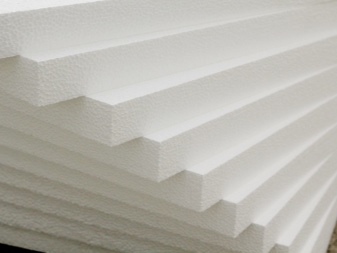
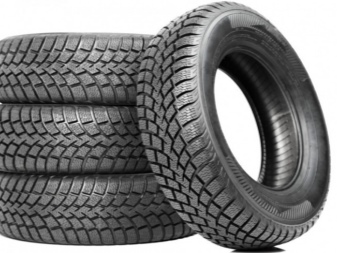
- Dismantling the hydraulic system. All elements are removed. Those that cannot be dismantled are equipped with plugs. The filter is also turned off, freed from water, and sent to storage.
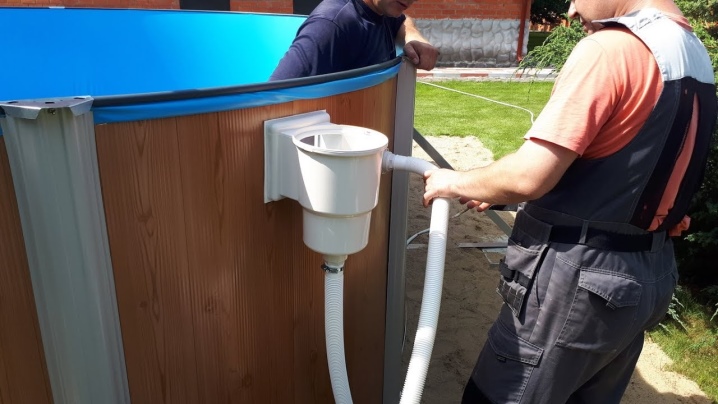
- Installation of the awning. A regular element, used in summer to protect water from pollution and bloom, will do. In winter, an awning will also save the bowl from precipitation or other debris. It is better to choose or sew a canvas copy that is not so vulnerable to external factors. Such a base can easily withstand even heavy snow loads.
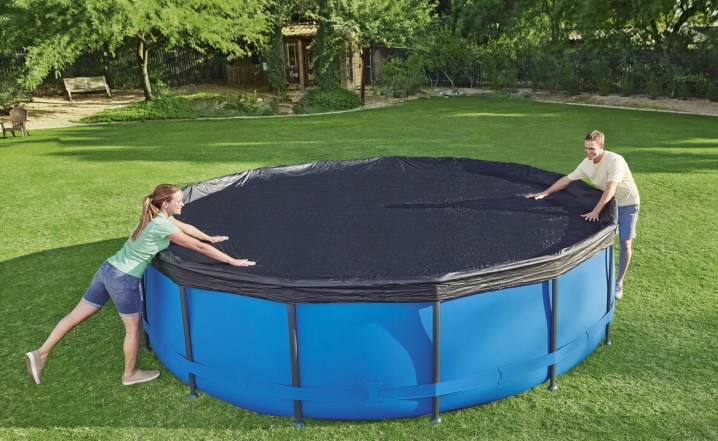
So that the expansion joints are not squeezed out of the bowl under the influence of ice, they are attached to the weights. Cloth bags filled with river sand will do.
Place and storage conditions
It is not possible to store a frame pool correctly in winter in all conditions. After dismantling, the elements of its structure must be transferred and placed in a room where a constant temperature regime is maintained in the range from 0 to +40 degrees Celsius. It will be easier to choose the best place if the house already has a garage, attic, storage room or workshop. A freestanding barn will work too.
Compact frame pools are also stored at temperatures above zero degrees. They can be placed on a heated glassed-in balcony or in the storage room of a city apartment. At the same time, it will be necessary to solve transportation problems.
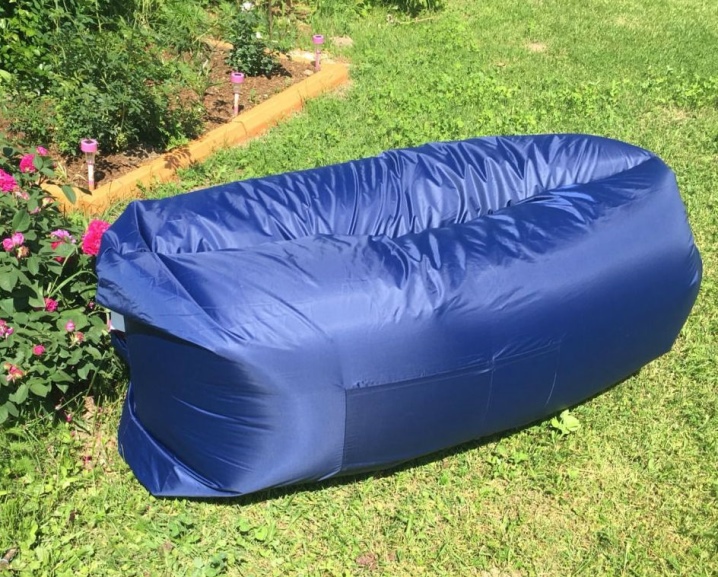
Useful Tips
There are a number of simple guidelines worth exploring for frame pool owners. They will help you better understand the preparation of the bathhouse for the winter period, facilitate its return to operation in the spring.
-
When choosing an awning, it is important to give preference to frost-resistant materials. Wooden, plywood boards or pallets will not work as a cover. They will provide too high a load, easily break fragile walls.
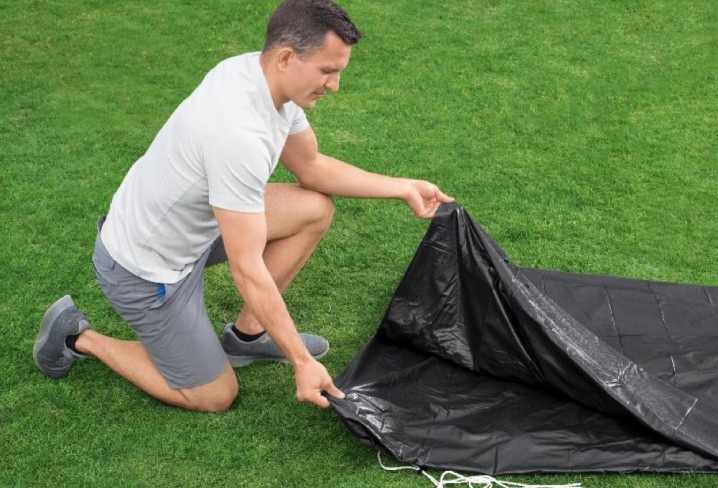
- Ice frozen in the pool should not be broken in spring. It is necessary to wait until it turns into water naturally. If you start to crush ice, it can damage the structure of the bowl.
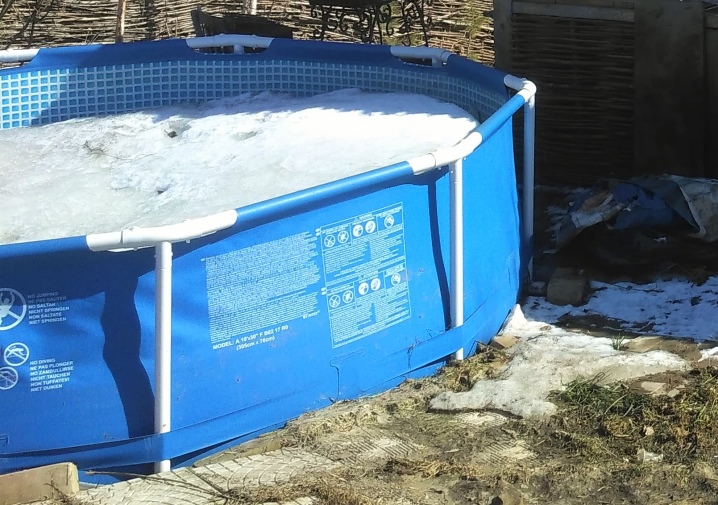
-
When stored outdoors, an incompletely disassembled bowl should be filled with light, air-filled containers. Plastic bottles for drinks, containers for drinking water are suitable.
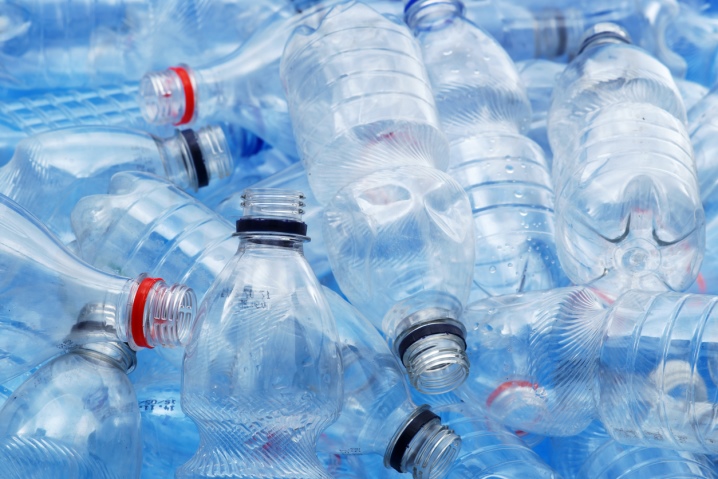
- Folded frame pools can be stored directly on site. After dismantling, the details of the structure are laid on a thick polyethylene film, covered with it. You can fix the covering material with bricks or other cargo. But this method is considered quite risky, since it does not provide full protection against moisture, fungus and mold.
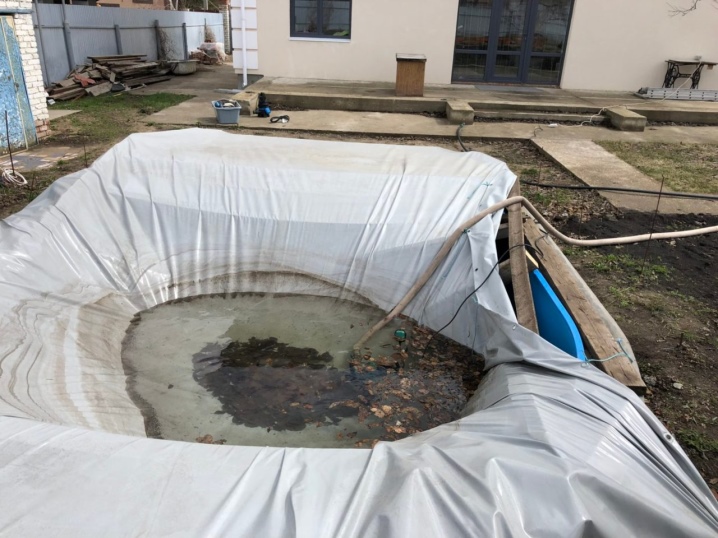
- The use of disinfecting chemicals requires proper waste disposal. If such substances were added to the water in the pool during operation, it is impossible to dispose of the liquid in ordinary ditches. We'll have to look for an opportunity to pump it out into special containers.
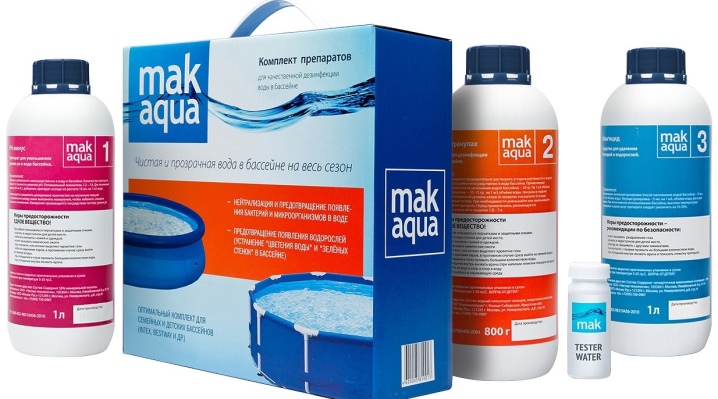
-
To avoid sticking of the sides of the bowl after folding, you can use ordinary medical talc. It is used as an absorbent. The surfaces are treated with talcum powder to prevent the PVC elements from sticking together on contact if moisture is not removed well enough.

- You can make it easier to remove water from the bowl by creating a vortex. The same technique will allow you to collect all the pollution.
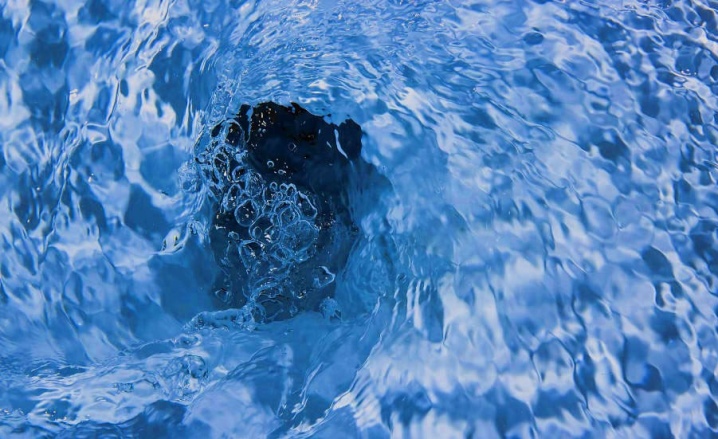
- It is better to additionally fix the awning on the surface of the frame pool in winter. It is fixed with stretch marks or with elastic bands. This approach will ensure that the tarpaulin is prevented from sliding off the surface of the frame.
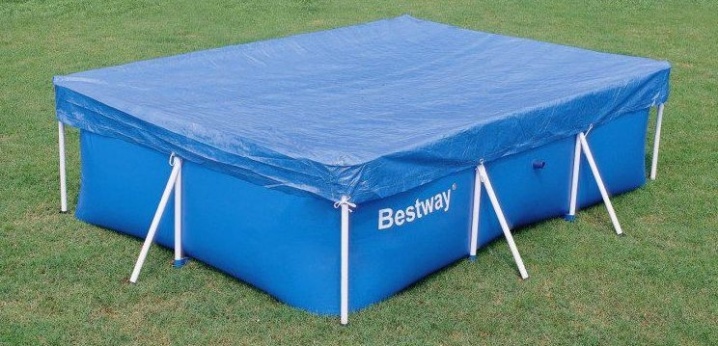
- The work should not be done alone. Additional working hands will be useful when folding the bowl, and when performing other stages of work.
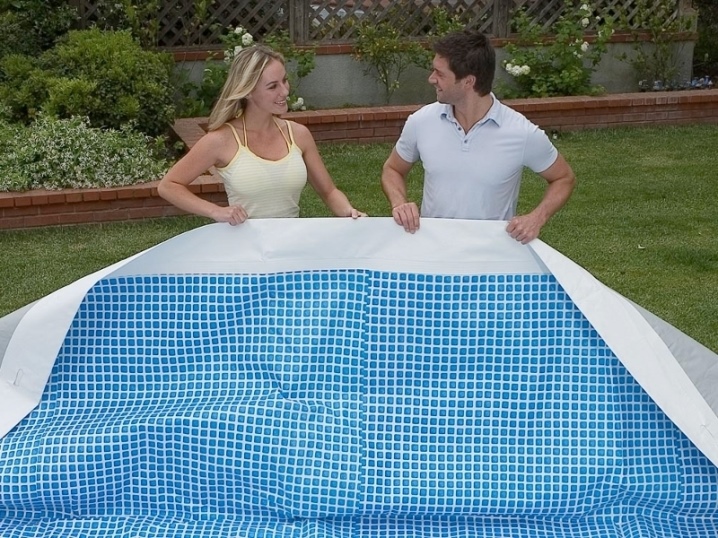
- After the snow and ice melt, the water level in the pool can be much higher than before, about 50 cm. You need to pay attention to the fact that in the spring you will first have to remove large debris, and then proceed to drain the liquid.
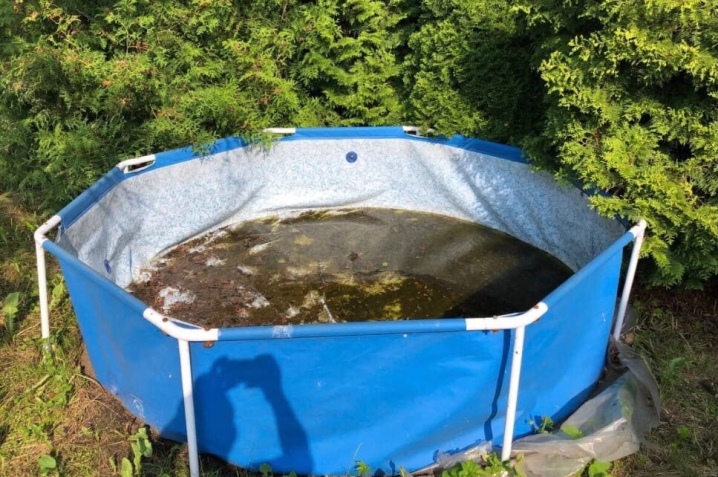
A frame pool properly prepared for winter storage will calmly endure the cold season. It will be fairly easy to get it back into service in the spring.



































































The comment was sent successfully.